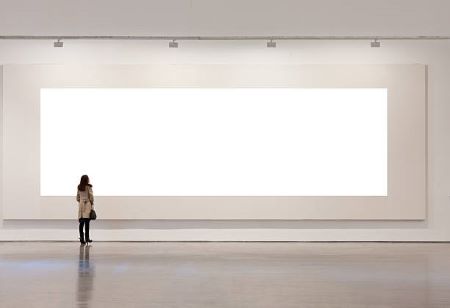
Classical art, contemporary art or abstract art is something which evades the understanding of a lot of people. Questionable paintings being sold for outrageous sums are always subjected to jokes everywhere. For high-net-worth individuals, art serves many purposes apart from ornamental pieces. Since we live in a capitalist society everything is tied to monetary values, and art is no exception, Fine art trade too, is a lucrative business, but it is highly selective.
The Barriers
Business with art or any painting is not as openly accessible compared to a lot of tech businesses we see, this is due to the nature of art, the value of art is simply not determined by the type of paint used, how much paint used or the kind of canvas used, unlike food commodities or manufactured commodities whose price is decided by labor costs, production costs and a profit margin. The way of valuing art is very convoluted, With art collection deemed as a luxury hobby, the consumer base is really small, and as economics dictates, scarcity breeds value, this scarcity leads to a lot of renaissance art being priced at millions of dollars. Just because an artist puts a lot of effort into his painting will never guarantee a high price for him. For an artist to establish himself in the inner circles is a herculean task.
The Means Of Monetisation
The primary way which people buy art to make money is the presupposition that it’ll go up in value, a lot of people buy art hoping it’ll have a high increase in value or they sell it in later years with a high cost via an auction. A famous example of this is Salvator Mundi, Leonardo Da Vinci’s most disputed work, A gallery purchased it for USD 1,175 and when it was later sold in an auction for an enormous sum of USD 450M to the stand in of Prince Mohammed Bin Salman, the Saudi Prince. This was the most expensive sale ever recorded in the history of an auction. This amount pales in comparison to the initial price it was acquired. In short, it serves as an investment asset.
Diversification and Risk Mitigation
Art serves as a hedge, businessmen use it to diversify their portfolios, though buying expensive art without proper advice is tantamount to self-destruction, a diverse portfolio is always a safe one, it can help one to lower the risk in case of an economic crash in of an industry, the unaffected industries in his portfolio will ensure he survives the economic downturn, it has been observed those who acquired paintings before WW2, post the event, their artworks appreciated in value and it turned out to be an excellent investment, but this isn’t a sign to consider investing in expensive art, as it was stated prior, art valuation is very convoluted.
The Questionable Means
However, art is also accompanied by its own fair share of issues in the corporate world. It is an excellent way to use legal means to avoid taxes, one way how this works is a seller can sell a painting for a high price, and the terms dictate that capital gains tax has to be paid, but the seller can use the money from the proceeds to buy another painting, and by using this means, the individual can indefinitely extend on his taxes.
Money laundering is the favourite companion for those who desire to do it. Art has been used to launder money for ages, the way this works is, a group of individuals buy art from an artist of less renown and put it up for an auction, and in the auction, someone from that same group buys the art for a high price using their illegally earned money in all cash, and this way the black money is converted to white money and on top of it, capital gains tax is paid for thus cementing the conversion.
Spirit Of Art
It is always difficult for an artist to make money just by painting, the renaissance paintings are numerous, but only a handful of artists got recognition, even those who got recognized, only a handful of their paintings got value. Artists’ seeing their paintings getting a high value or posthumously the painting shooting in price is common, but the arrival of the internet gave way to a lot of artists of all skills to monetize their craft, but like everything, competition is prevalent.
We use cookies to ensure you get the best experience on our website. Read more...